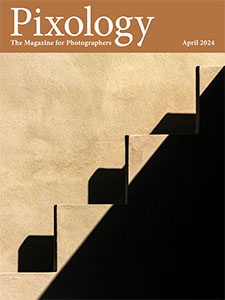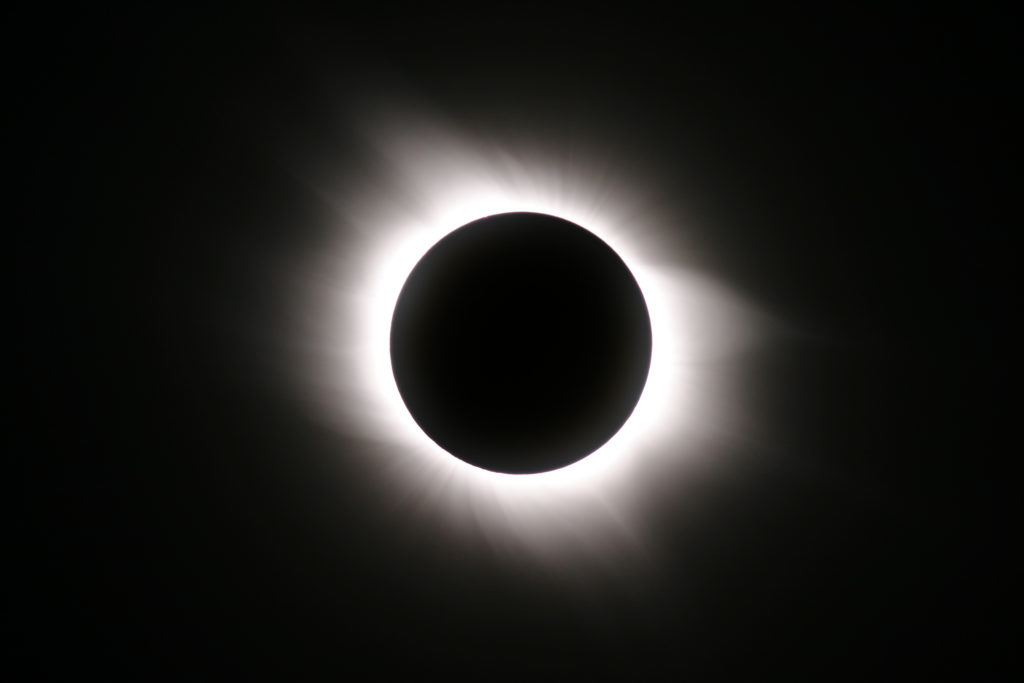

Today’s Question: I’m wondering if you’ve ever heard the photo composition advice for birds that one should always make sure that birds are looking left in a photo composition, because it’s more pleasing to the viewer’s eye (since we always start viewing photos from the left to the right. I’ve never heard this advice before, and it certainly is a photo ethics concern for me. Your thoughts?
Tim’s Quick Answer: I have not heard this advice before, though it relates to a portion of the rule of thirds. However, I feel photos generally look better with the subject (bird or otherwise) pointing to the right rather than left.
More Detail: One of the corollaries of the rule of thirds in photography relates to having space in front of the subject, meaning space on the side where the subject is looking or moving toward. You can obviously break the rule of thirds with excellent results, but the principles do provide a good general guide for composition.
For example, if a person or bird is looking to the right side of the frame, you should generally have more space on the right side of the frame than on the left side, which provides the subject with room to look. Similarly, if you photograph an airplane that is flying from left to right, you generally want to have more space on the right side of the airplane, so it has room to move.
Taking that a step further is the notion of whether you should favor having a subject such as a bird facing to the left rather than the right. I have found some folks online who have shared or supported this advice, and even, as noted in today’s question, people who recommend flipping a photo so that the subject will face left rather than right.
Flipping a photo can obviously introduce issues related to photo ethics, with the “right” answer depending in large part on the type of photography and how it is being presented. But keep in mind that in many cases the subject may not look right if the photo is flipped, such as in cases where features are not symmetrical on both sides of the face.
As noted above, in reviewing a large number of photos of varying subjects, I very much prefer to have a subject facing to the right rather than to the left. To my eye it looks more natural to have the subject facing to the right. When a subject is facing to the left the photo looks a little less natural to me, and in some cases has a bit of a sense of tension in the photo (similar to how having a person’s face near the edge of the frame as though they are looking beyond the frame can introduce tension).
I don’t feel that there is universal enough opinion (or awareness) of this issue to warrant going out of your way to have a subject face one direction or the other. And I would generally want to avoid flipping a photo for that purpose. But I’m sure there are many who would disagree with my view that pointing to the right is better, and perhaps even more who wouldn’t feel strongly about favoring either direction for the subject to face.

 The April 2024 issue of Pixology magazine is now available, featuring the following articles:
The April 2024 issue of Pixology magazine is now available, featuring the following articles:


